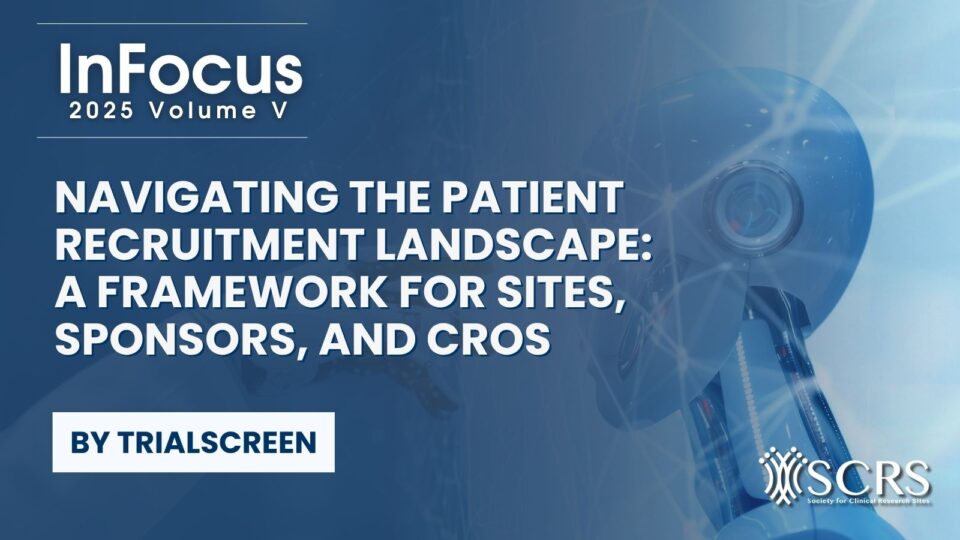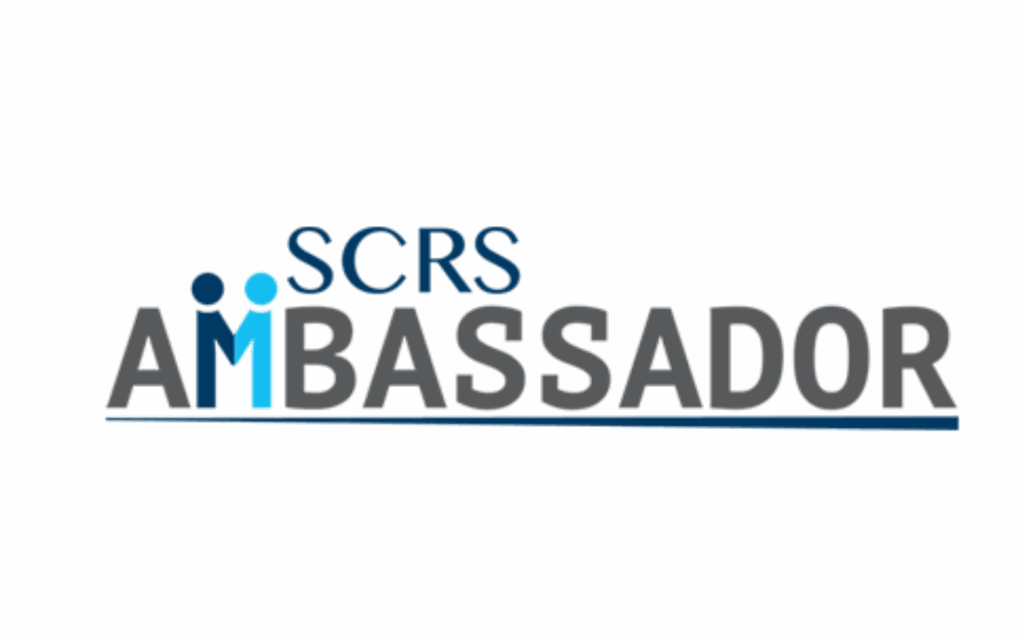A Day in the Life of a Clinical Research Site

Easing The Pressure on Site Coordinators
“Not having a site coordinator with the time and emotional energy to give to participants will be the biggest cause for those participants dropping out of a trial. I don’t think enough sponsors realize this.”
Clinical research sites are the engine of medical progress, but behind every data point and protocol is a team juggling unpredictable schedules, complex systems, and human emotions. Days often begin with proactive planning and end in reactive triage. On paper, the day might look organized, but in practice, it’s a constant shuffle of participant care, administrative demands, and siloed systems and tools that only seem to make their job harder.
At Mural Health, we know that reality really well. Our participant management platform, Mural Link, is shaped by the lived experiences of site coordinators, like that of our Product Lead and former site coordinator, Emma. This is what makes us different: We don’t just solve problems. We’ve been the ones facing them.
Emma walked us through her typical day as a site coordinator, shedding light on the pressures site coordinators face and where support matters most.
A Typical Day at a Research Site
Morning: Context Switching and Protocol Complexity
“When I was a site coordinator, I’d start the morning prepping for patient visits, only to get pulled into IRB submissions, missed lab shipments, or helping a rightfully frustrated participant with something like resetting their PIN to check their card balance. The frequent context switching was stressful,” Emma recalls.
Mornings often begin with a meeting to review study progress, strategize patient recruitment, and prepare for patient visits. But plans rarely unfold as expected. Emma remembers days filled with last-minute changes and participant issues, layered on top of a full visit schedule.
“One day, a mom called me crying. I’d been out, and the person covering for me forgot to send pre-visit instructions for her child’s glucose test, which included a certain amount of carbs to eat for 3 days before. She couldn’t remember what her child ate the day prior, which was day 1. She was terrified the missed steps would invalidate the results. I was simultaneously chasing down a payment issue with another participant at a university study, on top of managing site visits. Communication broke down and we lost their trust.”
For site staff, these moments are exhausting, as they struggle balancing a deep sense of care for patients with a mounting list of tasks and very limited bandwidth.
Mid-Morning: Patient Needs Meet System Limits
As participants arrive, coordinators shift to focus on visits, conducting assessments, managing expectations, and documenting it all meticulously. But participants deal with life’s everyday challenges like anyone else–such as travel hiccups–and sites don’t always feel equipped to support them efficiently, which impacts trust and satisfaction.
“We’d have participants try to change appointments at the last minute, or call confused about their payment or how to access it. The worst part was not being able to help quickly or clearly because we had different systems across different studies.”
This emotional labor is rarely acknowledged, but essential for participant retention:
“Site coordinators and the connection they form with participants dictate how well a participant feels heard. Not having a site coordinator with the time and emotional energy to give to participants will be the biggest cause for those participants dropping out of a trial. I don’t think enough sponsors realize this”, says Emma.
Afternoon: Admin Overload
After participant visits, the focus shifts to documentation, regulatory follow-up, and planning. But for many site teams, each study requires toggling between tools, protocols, and sponsor requirements.
“Every trial had a different process and different systems. One day I’d be entering visit data into one portal and uploading receipts for that same day into a completely separate system. It was inefficient, especially when you’re multitasking across multiple studies,” said Emma.
This data entry happens simultaneously with addressing unexpected participant issues and ad hoc requests from trial sponsors. These daily friction points contribute to site staff burnout and, ultimately, to higher staff turnover. According to a report from the 2024 SCRS Global Summit, over a quarter (28%) of sites have seen an increase in turnover in the past 2 years, further emphasizing the need to take action to reduce burnout.
But friction doesn’t just cause burnout – it directly impacts trial outcomes:
- Admin overload reduces time for patient care and increases the chance of errors
- Participant confusion about compensation, logistics, or communication leads to dropout
- Trust is lost when payment issues or delays aren’t addressed quickly or clearly
Building Solutions for the Realities of Site Work
How can we make site coordinators’ lives easier and participants’ experiences smoother?
Sites need intuitive workflows, flexible payment options, and built-in communication tools, all with minimal lift for already overwhelmed teams. Emma’s lived experience was instrumental in the development of Mural Link.
“We’ve tried to give coordinators everything they need in one place, across all their studies. This includes multiple easy payment methods for participants, aggregating all of their tasks on one screen since they work on different trials daily, easy-to-use reminders, and flexible tools that don’t create extra work or redundant data entry.”
“If we’d had the ability to send automatic visit instructions, that glucose test issue I had never would have happened. And being able to confirm payment status without relying on a university finance department would have saved hours.”
Courtney Collins, Mural Health’s VP of Customer Success, has been providing customer support for participant management solutions for the past 13 years. She has personally helped over 100 trials get from startup to completion, and has designed the Mural Health support model to be far superior to what she has seen in the past.
“We have sites we support directly as customers, and we also support sites that are part of trials run by sponsors or CROs. They reach out to us the most about payment setup, payment status on behalf of a participant, and login questions. No matter who’s asking, our goal is the same: solve it fast, and with as much kindness and understanding as we can,” says Courtney.
“Our team knows that a successful, happy site leads to a better experience for the participant, so we always keep that in the back of our minds when supporting them,” says Courtney. “We actively listen to their questions and concerns, tailor our communication to specifically address their needs, and strive to be a supportive partner, knowing they are likely juggling several tasks at once. One coordinator told us, ‘If I could give you a hug through the screen, I would!’ That’s the level of support we aim for.”
At Mural Health, we remember that clinical research depends on people—the participants who show up, and the coordinators who keep the trial running. And we believe that both deserve better. We’re not just here to offer software. We’re here to reduce your burden, eliminate redundant admin, and give sites the tools to be the trusted, compassionate presence participants rely on. When site staff feel supported, trials thrive, and participants feel seen.
Contributors
Courtney Collins, VP of Customer Success at Mural Health
Emma Eikermann, a former site coordinator and current Product Manager at Mural Health




